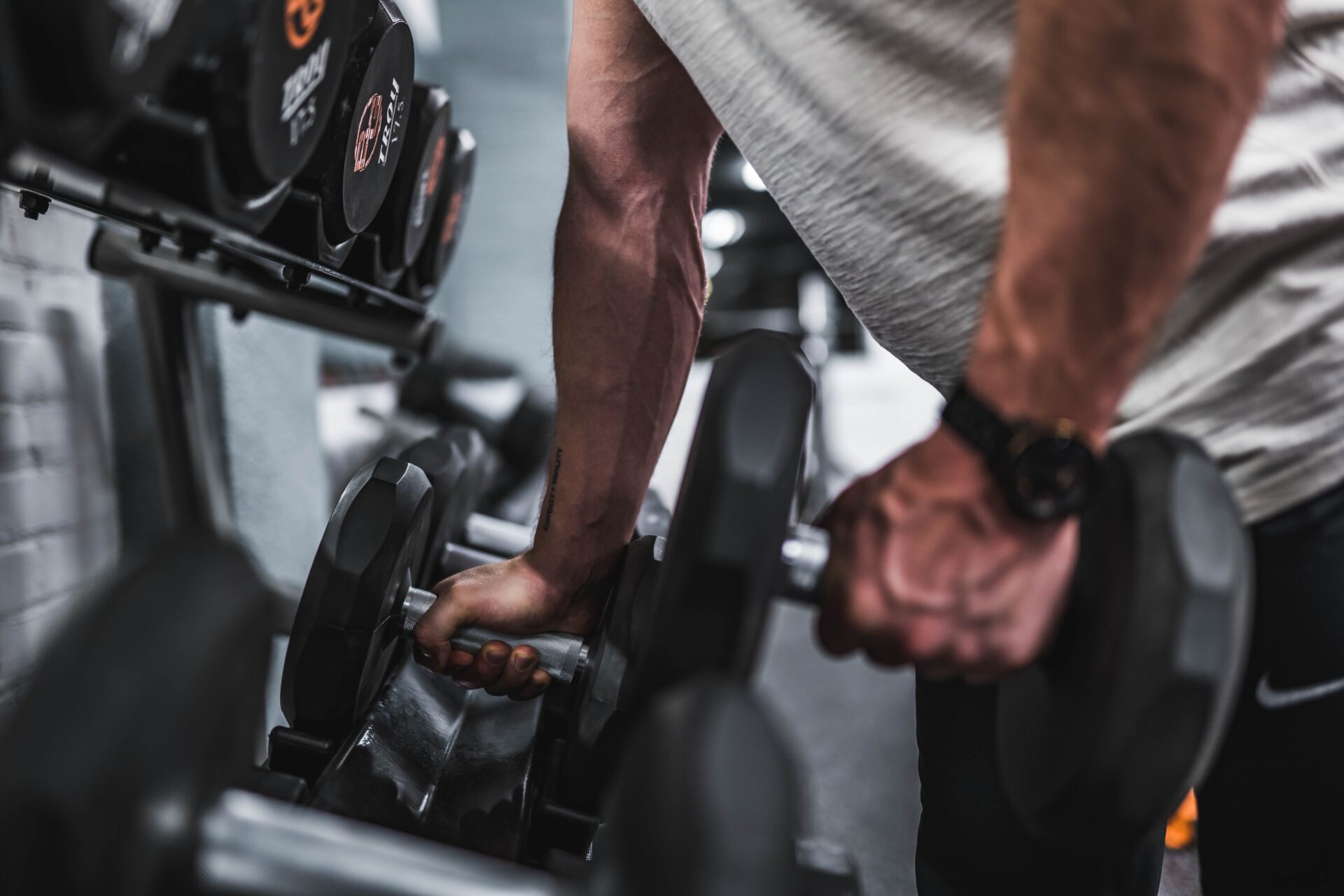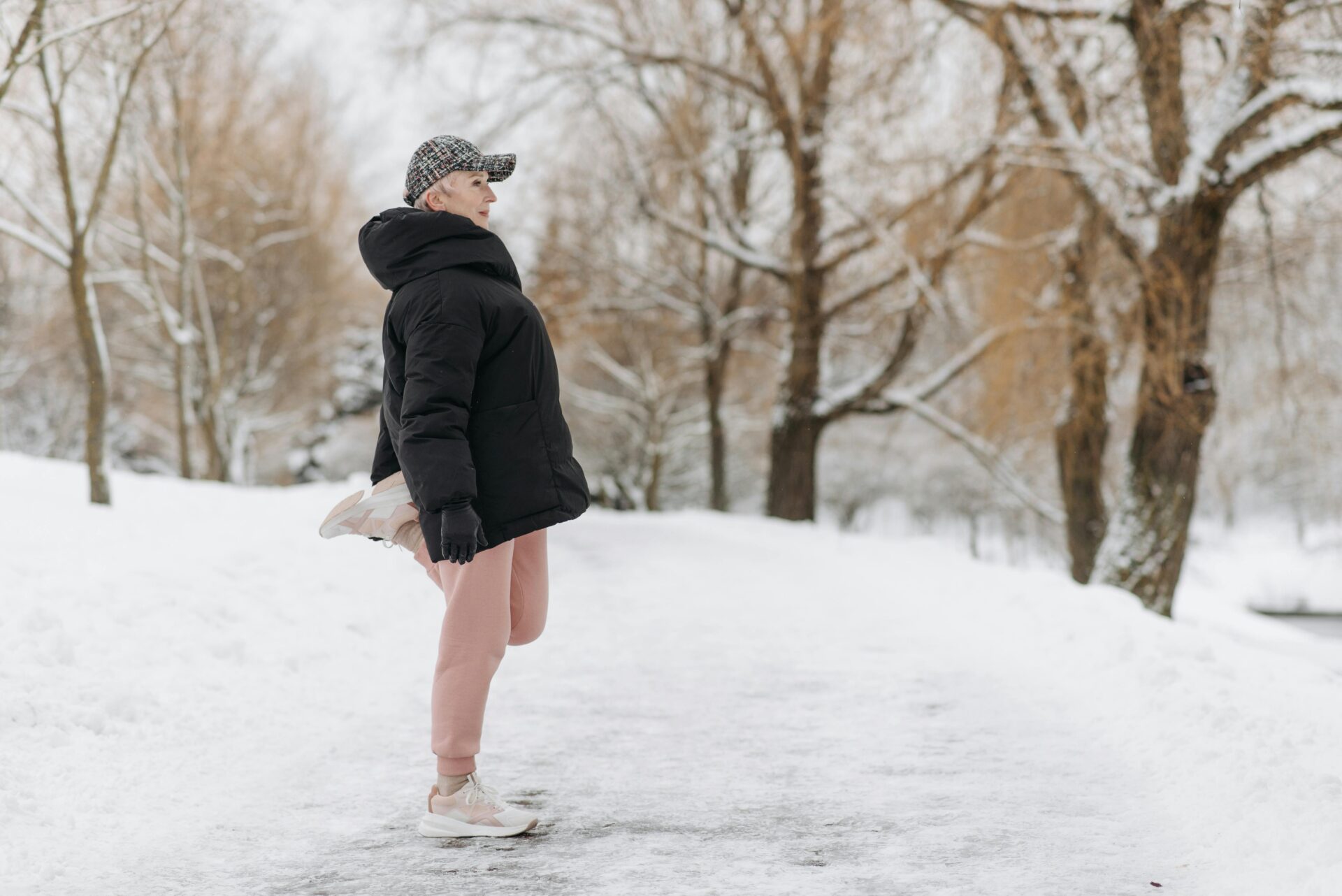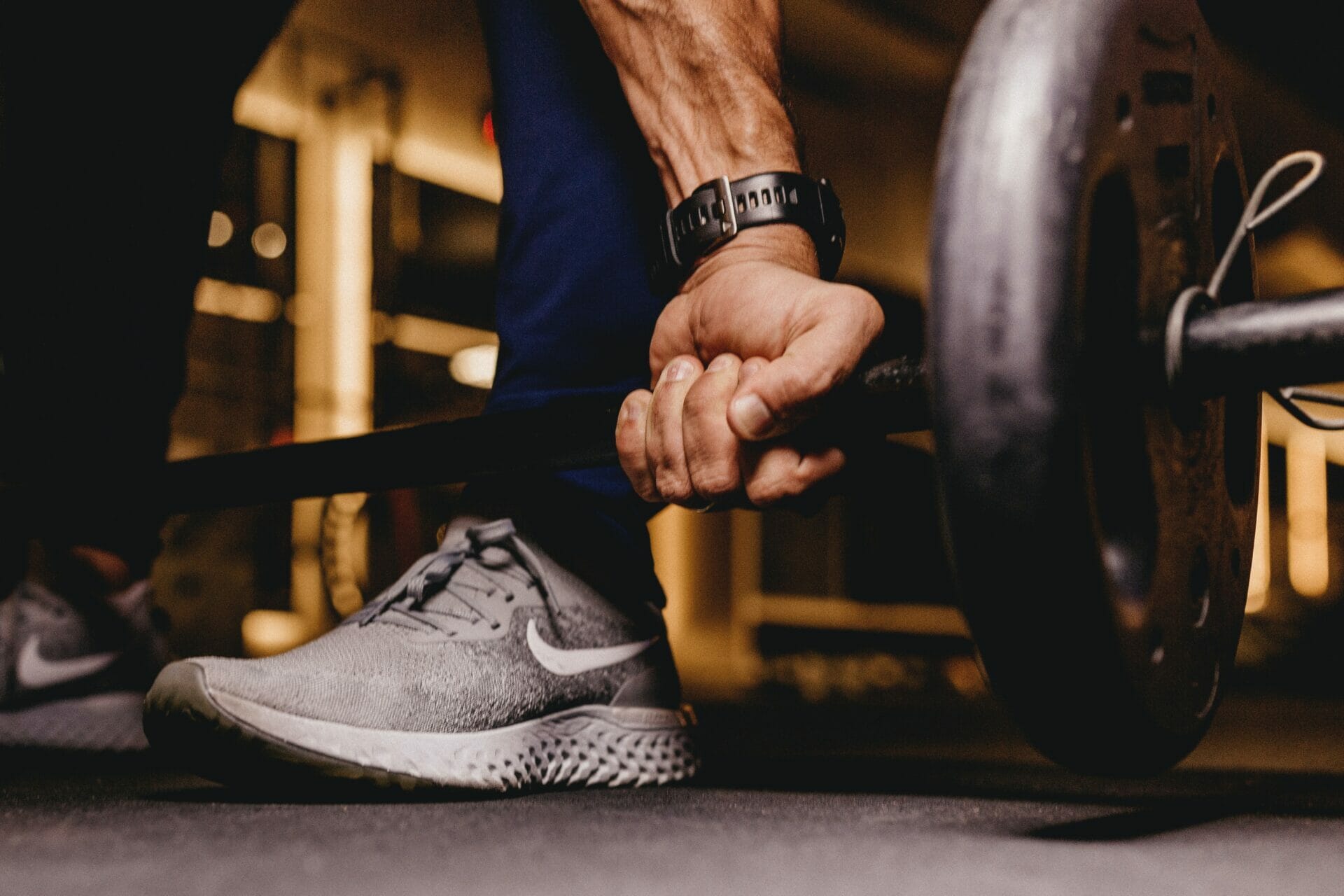For many middle-aged adults, the road to running is paved with good intentions. Beginner runners frequently dive into HIIT (High-Intensity Interval Training) runs or push distance runs a little too far. While this approach can be successful, recent studies have shown that doing “too much, too soon” is responsible for 60% of all running injuries.1 Fortunately, there are other introductory running options available.
One possibility is barefoot or minimalist running. Barefoot running, popularized with the book Born to Run by Christopher McDougall, can be a great natural way to ease into the sport and a fun way to establish novice running goals. Transitioning into barefoot running is often slow, allowing different ligaments and muscles to adapt to new stresses. This running style may only suit some and should be approached with care. Individual differences in anatomy, posture, and biomechanics may impact how your body responds to barefoot running. Let’s start by debunking a few barefoot running myths and exploring the possible benefits.
Myths
#1: Minimalist Running Is Painful
The words “running barefoot” might make you wince, but it doesn’t have to be a painful experience. As young children, running barefoot was the natural way to teach proper form. Paying attention to your form allows you to run longer distances while experiencing less pain and discomfort.2 Following a few adult rules, we can replicate this childhood process as mid-life adults. First, try to take short strides and start with minimal distances. Next, determine how your body wants to move, and add more distance as slowly as possible. Again, channeling your inner child could help introduce proper running techniques and decrease pain.
#2: It’s Bad for Your Knees
It sounds counterintuitive, but minimalist running may help avoid knee pain. Barefoot runners report fewer knee injuries compared to runners who use shoes.3 Many runners experience knee pain due to cushioned running shoes, also known as “foot coffins,” among barefoot runners. In addition, minimalist runners can utilize a whole-body, natural gait rather than forcing too much direct impact on their knees.
#3: You Need Ideal Conditions
To many people, the idea of running barefoot on the pavement is terrifying. I run mostly barefoot for 35-40 miles a week year-round on all surfaces, including pavement, treadmills, or the forest floor. I make some minor adjustments to protect my skin from different surfaces, and my years of running barefoot have allowed my feet to become accustomed to harsher conditions. Ironically, the only time I injured my foot was running in an idyllic open field. Barefoot runners can run in almost any weather. My temperature threshold is about 40 degrees Fahrenheit, but some runners go all winter even when it’s below freezing, and they post photos online to prove it. Remember to bring emergency footwear when the temperatures are low or when running in unfamiliar territory.
Benefits
#1: Barefoot Running is Fun
If you appreciate a high learning curve in your exercise program, read up on barefoot running and give it a shot. It can be exciting to re-experience something you did as a child and learn about your body in a new way. Barefoot running might become a personal challenge, or it could be more whimsical, or both. You get to choose your own barefoot adventure.
#2: It Prevents Overstriding
Nearly everyone overstrides. It’s a product of always wearing shoes, especially traditional running shoes with too much cushioning in the heels. Overstriding puts the body in a poor position to absorb shock naturally.4 Barefoot running can be a game-changer because your steps will get shorter and more natural as you adjust. These adjustments will take some time, but soon you could be running in a new way that offers all kinds of benefits.
#3: You’ll Improve Your Kinetic Chain
Your kinetic chain is an extensive interconnected chain of muscles, ligaments, tendons, and bones that affect how you move.5 It transfers power and energy from your feet to the top of your head. Ideally, the whole body gets in on the action, but high-cushion shoes protect the feet while putting a much bigger load on the knees, ankles, and lower back. Barefoot running can redistribute the load so that the impact spreads throughout your body, especially as your gait becomes smoother. It’s a different way to run that can feel great with proper time to adjust, train, and acclimate.
Disclaimer: Avoid running without shoes if you have reduced foot sensitivity, as with diabetes. We recommend talking to your doctor before starting any new exercise program.
Sources
- https://www.cfp.ca/content/49/9/1101
- https://www.runtothefinish.com/4-simple-tips-to-improve-running-form/
- https://www.cnn.com/2020/06/03/health/barefoot-running-wellness-conversation-partner/index.html#:~:text=In%20fact%2C%20barefoot%20runners%20appear,overload%20their%20muscles%20and%20tendons.
- https://www.fleetfeet.com/s/hartford/sports-medicine/sports-medicine-corner/overstriding-the-underlying-cause-of-many-issues
- https://www.acefitness.org/fitness-certifications/ace-answers/exam-preparation-blog/2929/what-is-the-kinetic-chain/





Responses